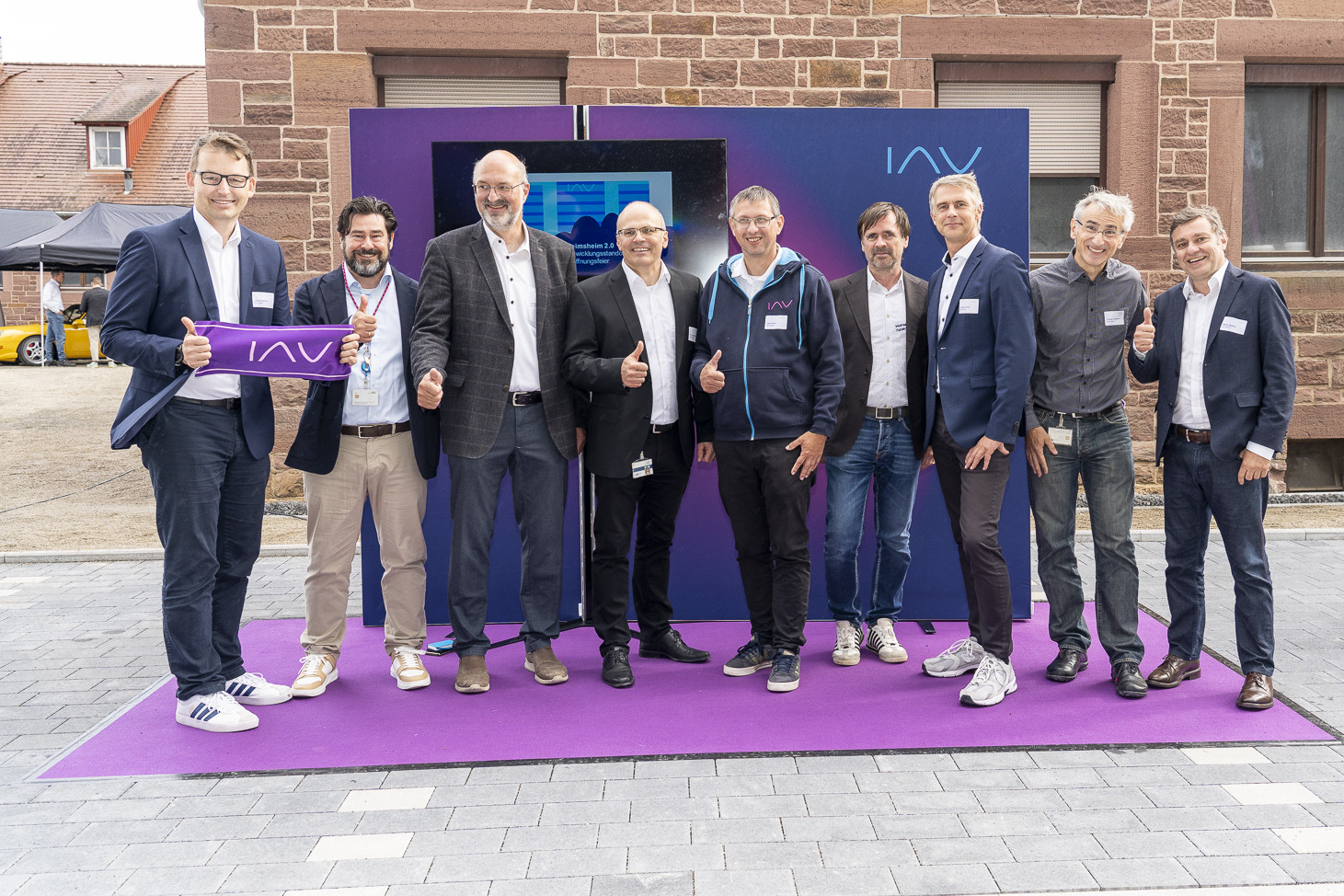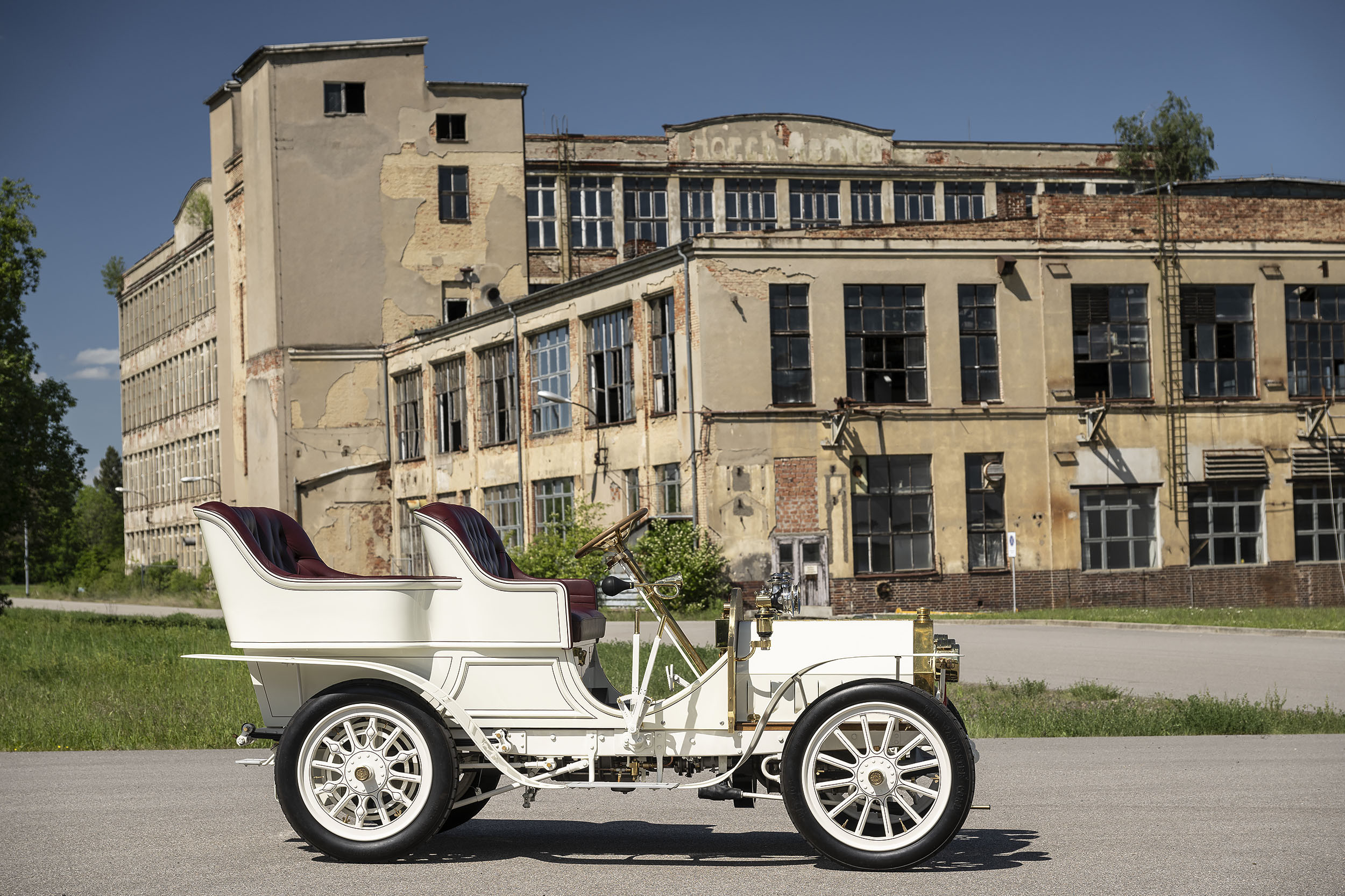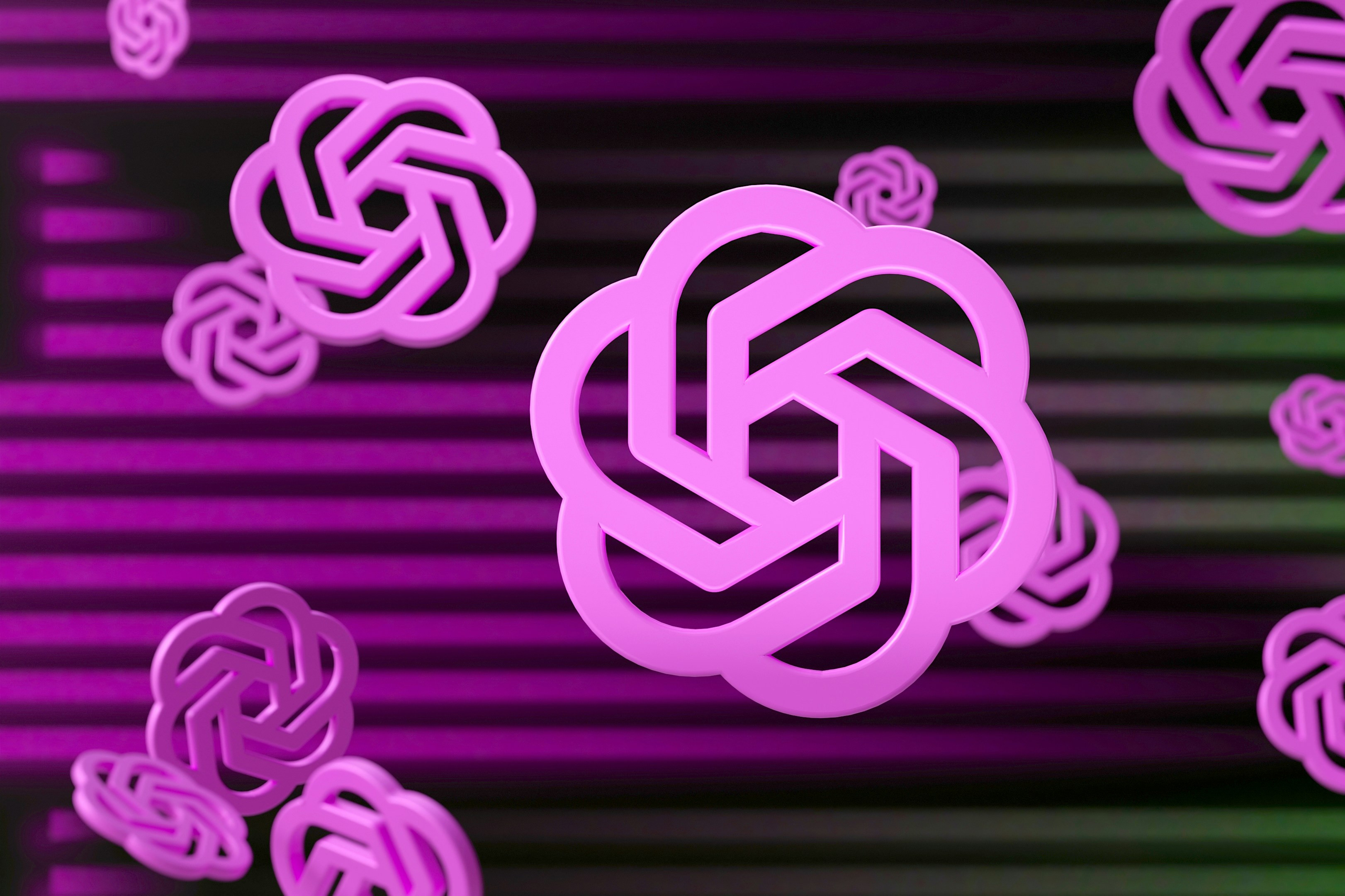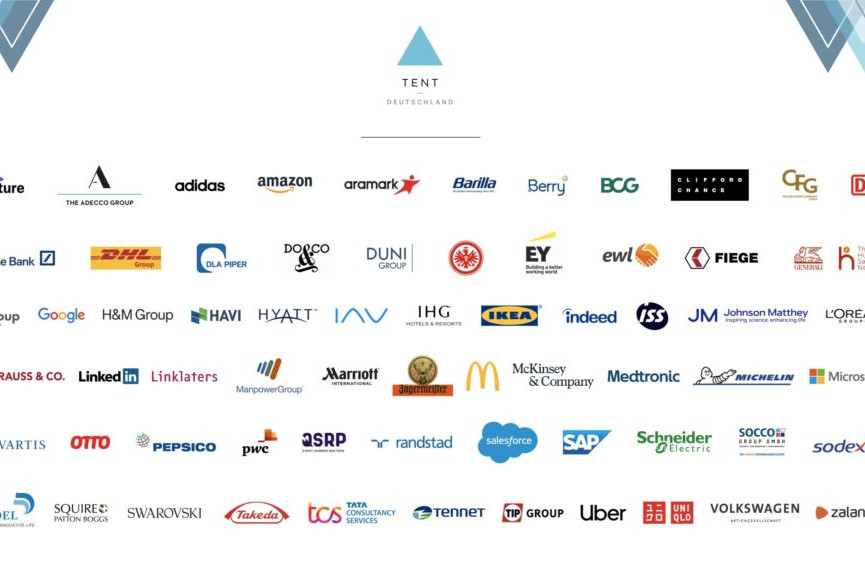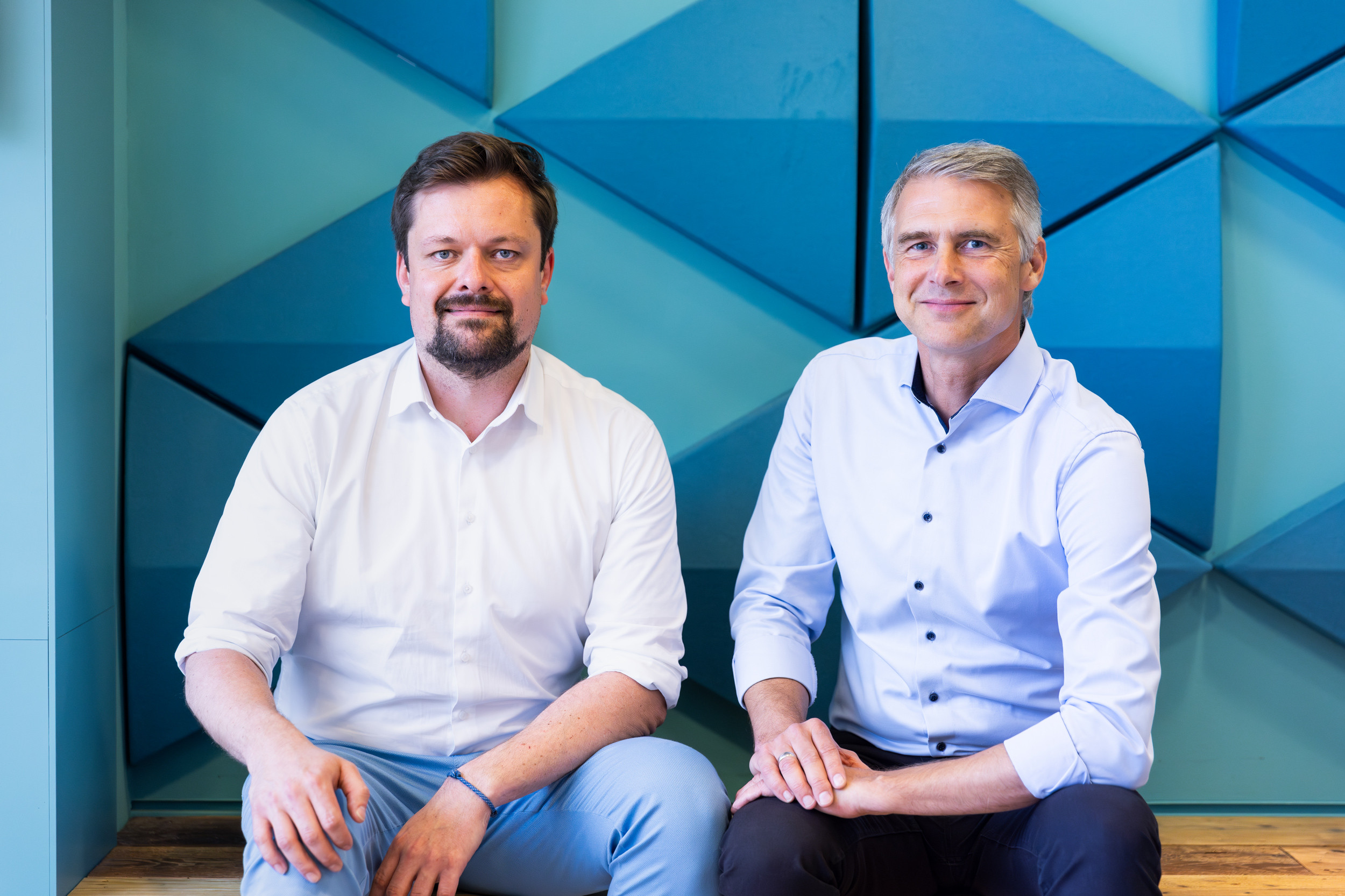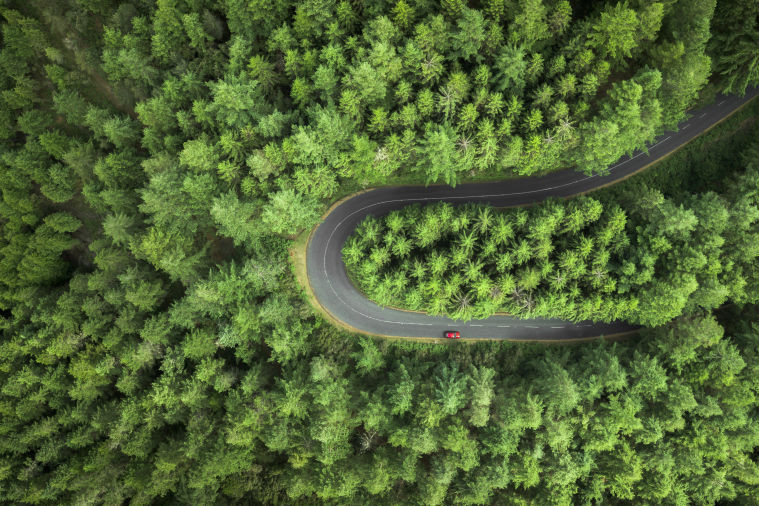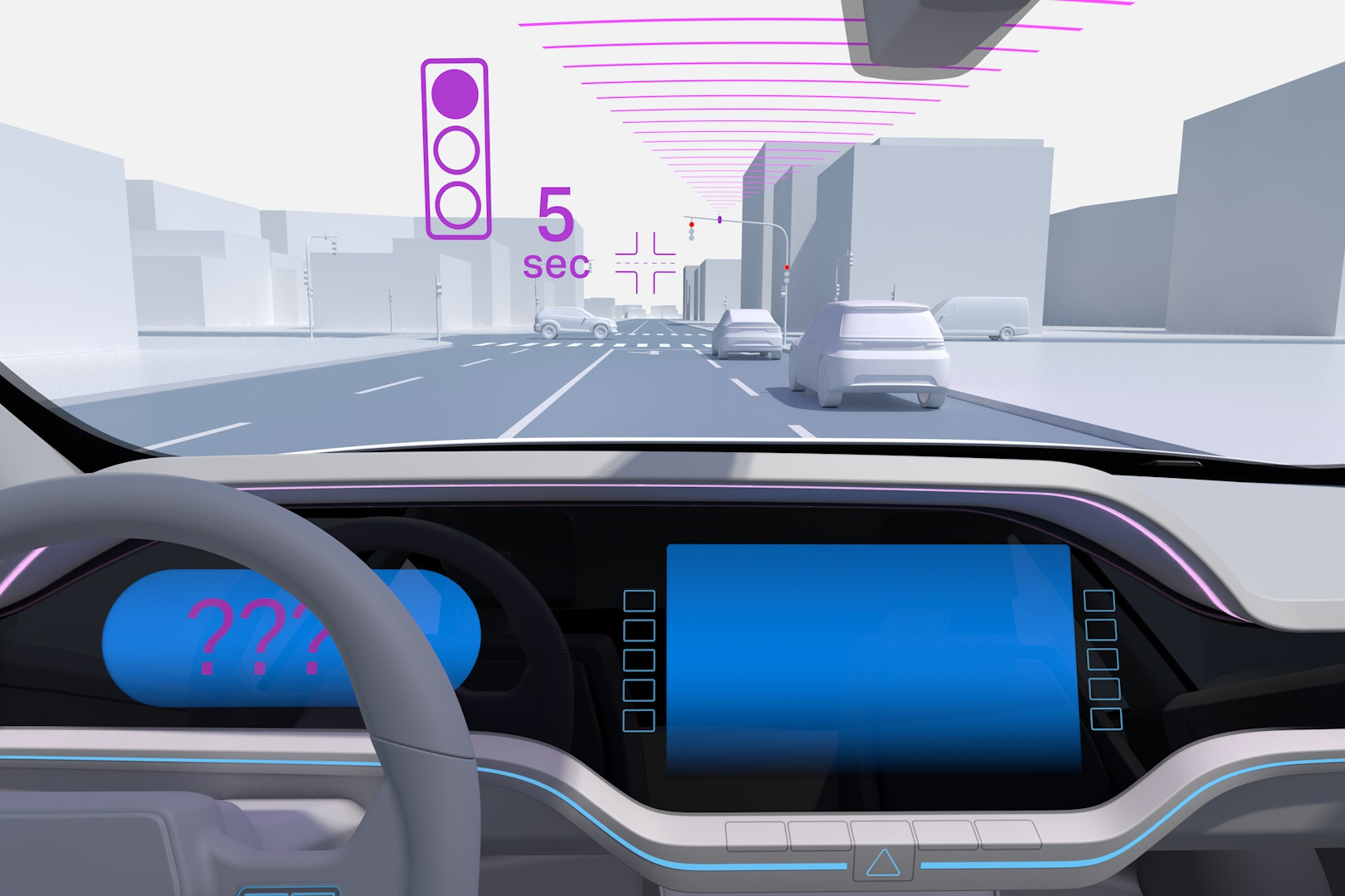Powertrain systems
Our aim is to transfer the combustion engine powertrain to future performance classes with the highest level of technical excellence and at the same time transfer our expertise to e-mobility. With the help of competent employees, we deliver technological excellence as well as first-class development methods and tools.
Our powertrain systems solutions
Propulsion @ hybrid systems
We combine decades of experience and advanced vehicle technologies to optimize energy efficiency, reduce emissions, enhance driving comfort, and ensure quality leadership in automotive solutions.
Fully Electrified Systems
Electrified drives revolutionize mobility. Leveraging proven methods, we support customers in optimizing drive systems. As a technology provider, we handle holistic electric drivetrain development and solve detailed issues. Our aim: efficient, powerful drive systems for a sustainable future.
Management systems for motion & energy
Amid the rise of software-defined vehicles and growing system complexity, our goal is to develop complex powertrain systems through agile software development and efficient automation. We aim to continuously integrate hardware and software, navigating complex codes to make innovations tangible and practical.
Powertrain digitalization, automation & tools
Navigating complex landscapes from electric to classic drives requires modern methods and tools like systems engineering. Digitalization, innovative concepts like digital twins, AI, cloud technologies, and our self-developed tools are revolutionizing the sector. We support this change with deep expertise and forward-looking strategies.
Connected software
We combine our expertise in classic automotive electronics development with state-of-the-art IT knowledge to help our customers close the gaps between the automotive and digital worlds. To achieve this, we offer digital functions ranging from sophisticated concepts to fully developed product solutions.
Our connected software solutions
Human machine interface (HMI) and infotainment software
We are specialists in HMI and infotainment software, with our dynamic, international teams using agile methods and the latest tools for efficient solutions, with the aim of guaranteeing error-free functionality and outstanding user-friendliness regardless of industry or device.
Automotive cyber security
In the constantly evolving world of connected vehicles, our automotive experts efficiently neutralize new risks. Their know-how enables them to design modern safety systems and implement them in reliable software, making safety a reality.
Connected systems architecture and integration
As specialists in networked mobility, we bring complex software functions to series maturity. With comprehensive system knowledge, we support flexible, expandable functions that are not only secure, but also extend into the Internet of Things.
Digital lifecycle management
In connected vehicles, regular software updates are legally required. IAV provides comprehensive digital lifecycle management covering all aspects of vehicle and digital service management. From in-vehicle data collection to cloud-based updates, IAV handles your vehicles' digital complexity seamlessly.
Vehicle software solutions
Software-based systems in vehicles are expanding, requiring safe integration of varied applications. We address this with expertise across domains, ensuring functional safety and protection. Our deep industry knowledge enables practical high-quality technical solutions.
Connectivity und analytics for mobility solutions
We develop data-based mobility services, including data management, analytics, connected services and scalable cloud solutions. With our in-depth vehicle knowledge, we integrate these services into individual vehicles and fleets, providing support from development to global operation.
Energy & Water
We combine our expertise in classic automotive electronics development with state-of-the-art IT knowledge to help our customers close the gaps between the automotive and digital worlds. To achieve this, we offer digital functions ranging from sophisticated concepts to fully developed product solutions.
Our energy & water solutions
Project Management & Consulting
We combine our expertise in classic automotive electronics development with state-of-the-art IT knowledge to help our customers close the gaps between the automotive and digital worlds. To achieve this, we offer digital functions ranging from sophisticated concepts to fully developed product solutions.
Our project management & consulting solutions
Vehicle solutions
In the field of automated driving and intelligent transportation systems, we supply technologies, tools and products that enable us to integrate the vehicle into the respective infrastructure. In the area of vehicle electronics, we offer the complete range of body electronics, sensors, actuators and control elements. This enables us to adapt our services to the needs of our customers - from special solutions to turnkey projects.
Our vehicle solutions
Chassis
In the evolving mobility landscape, IAV ensures safety, comfort, and driving dynamics by focusing on chassis development, linking it to autonomous and future drive technologies across individual shuttles to mass-produced vehicles.
Infotainment systems & functions
We specialize in creating a seamless vehicle experience by developing and integrating navigation, audio, display technologies, and apps, thereby enhancing the world of connected infotainment and entertainment for vehicles.
Automated driving & intelligent transport systems (ITS)
At IAV, highly qualified experts leverage their knowledge to manage the complexity of autonomous driving and intelligent transportation systems, creating reliable solutions from inception to series production.
Complete vehicle systems
We rely on forward-looking strategies in the design phase to define and validate vehicle characteristics, with legal compliance and continuous optimization right through to production.
Body electronics
Amid increasing digitalization and electrification, our experts use their extensive experience to ensure the reliability and safety of integrated vehicle electronics systems, always prioritizing customer satisfaction.
Vehicle safety systems
Driven by our Vision Zero principle, we leverage our expertise to develop innovative safety technologies, aiming to ensure safe future mobility with zero road fatalities or injuries.
EMC – electromagnetic compatibility
The growing connectivity and electrification of vehicles increases the requirements for electromagnetic compatibility, which we ensure through risk assessment and solution development with 15 years of experience from conception to series production in our accredited test facilities.
Defense
We combine our expertise in classic automotive electronics development with state-of-the-art IT knowledge to help our customers close the gaps between the automotive and digital worlds. To achieve this, we offer digital functions ranging from sophisticated concepts to fully developed product solutions.
Our defense solutions
Agricultural systems
We combine our expertise in classic automotive electronics development with state-of-the-art IT knowledge to help our customers close the gaps between the automotive and digital worlds. To achieve this, we offer digital functions ranging from sophisticated concepts to fully developed product solutions.

